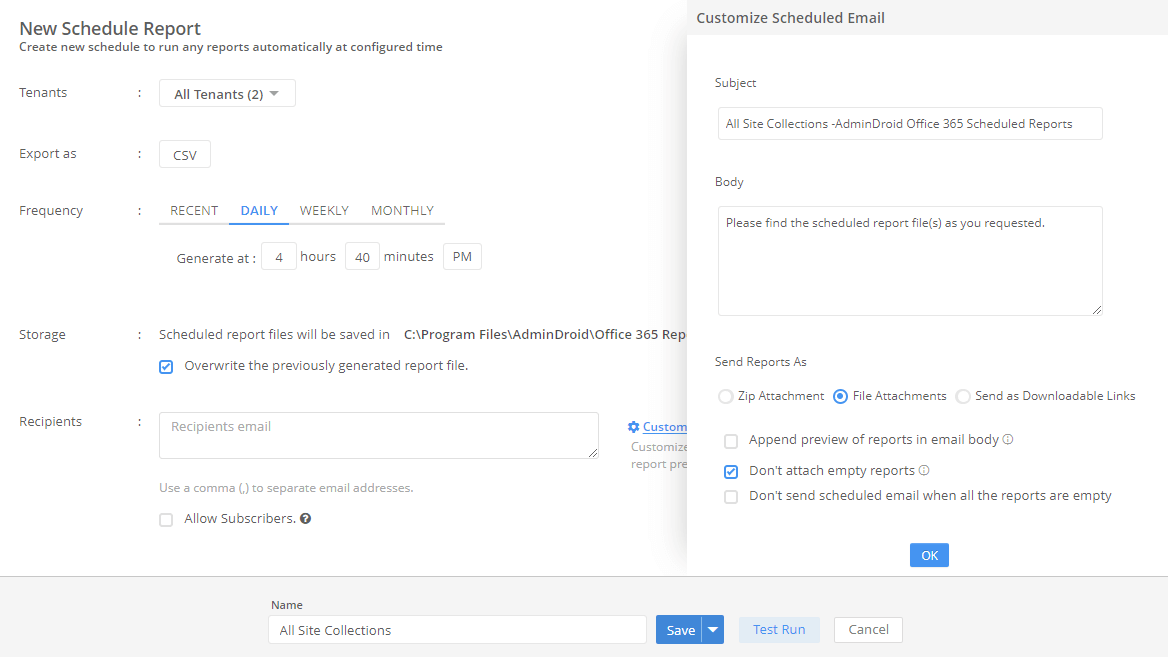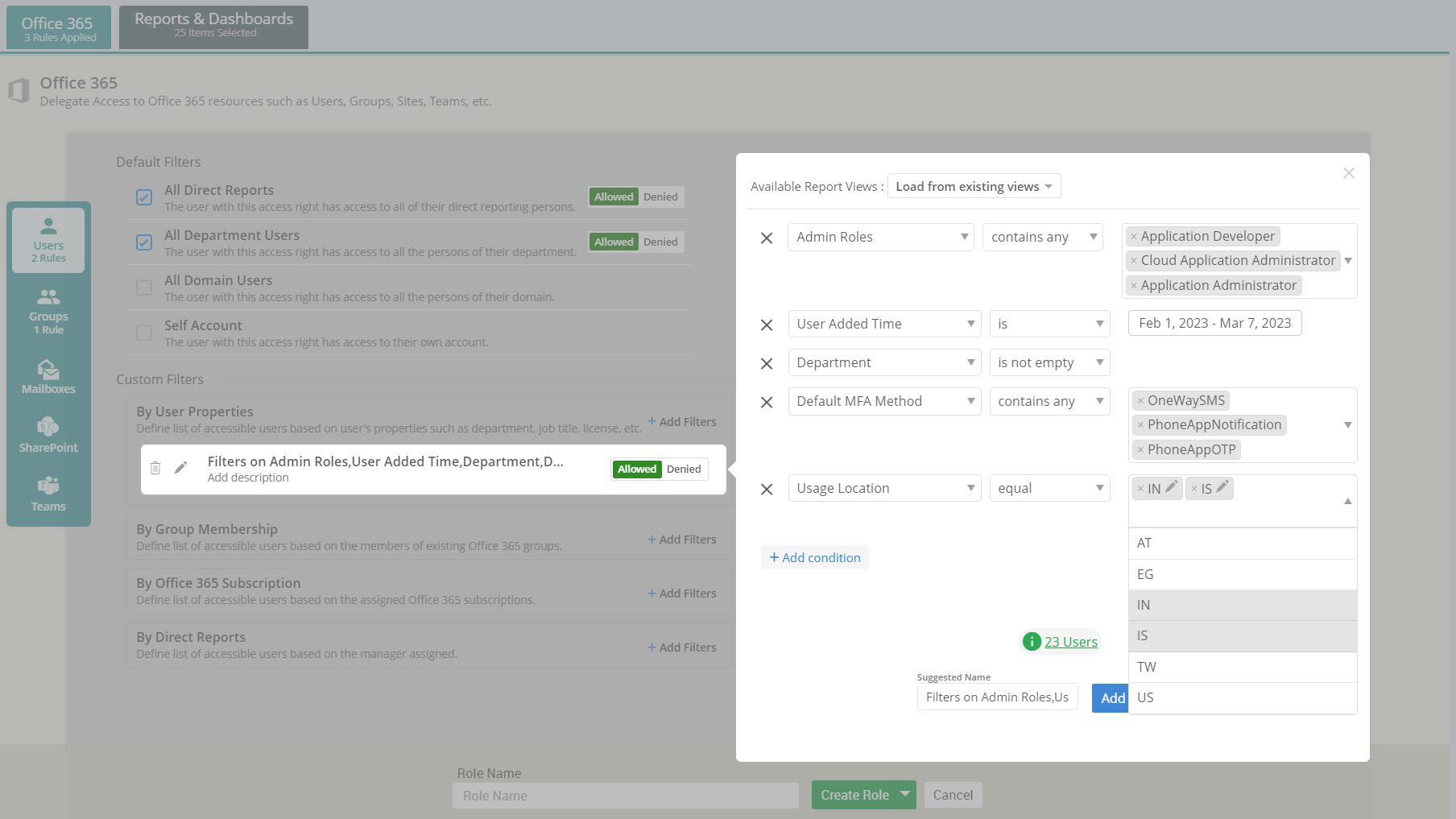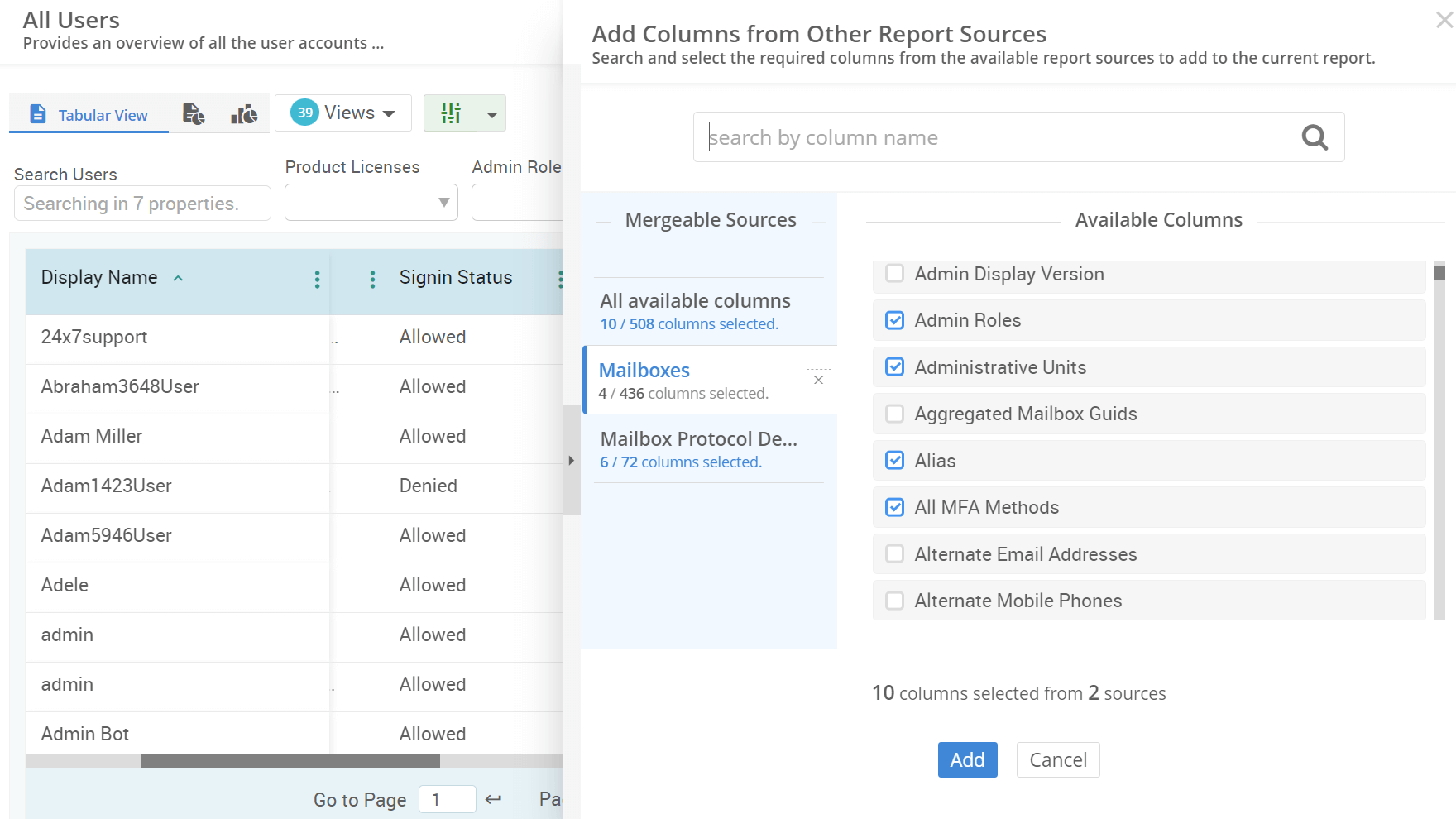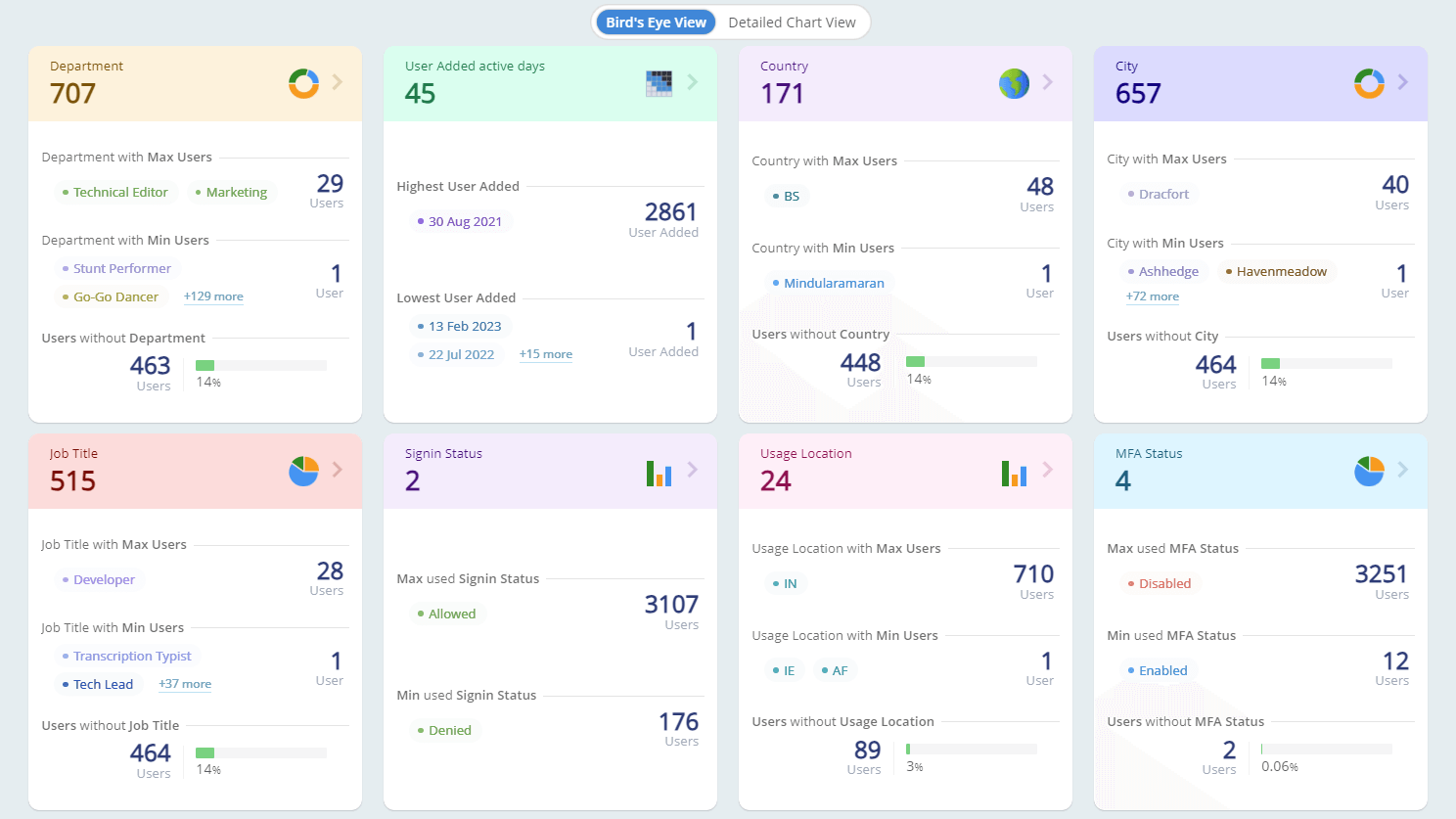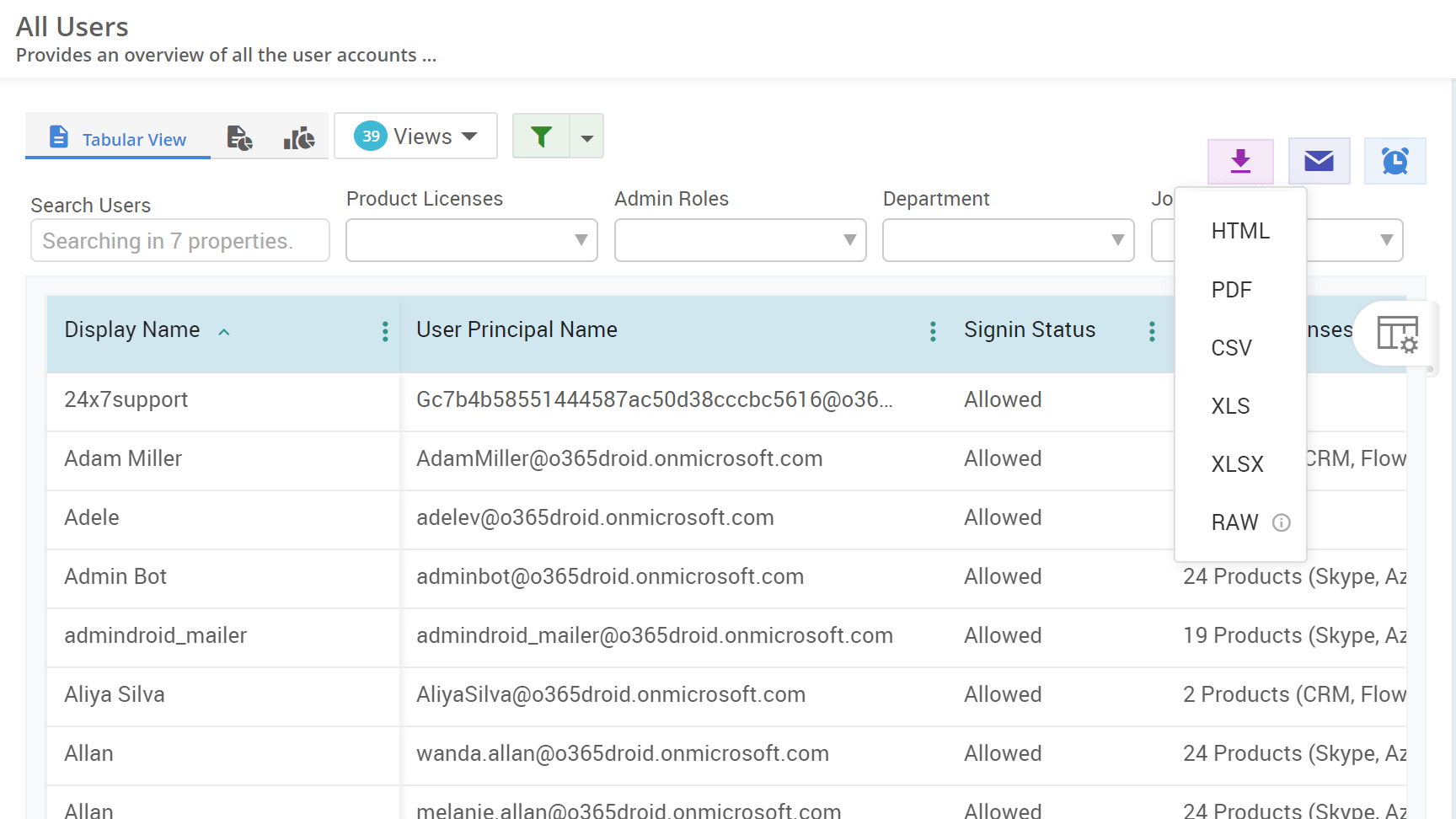How to Export Microsoft Teams Private Channels Report
If you're seeking to collaborate exclusively with specific team members within your Microsoft Teams environment, this guide is tailored for you. With Teams private channels, you can facilitate collaboration with users essential for confidential discussions. Follow the solutions to manage private channels in Microsoft Teams and ensure that only intended participants engage in sensitive conversations.










